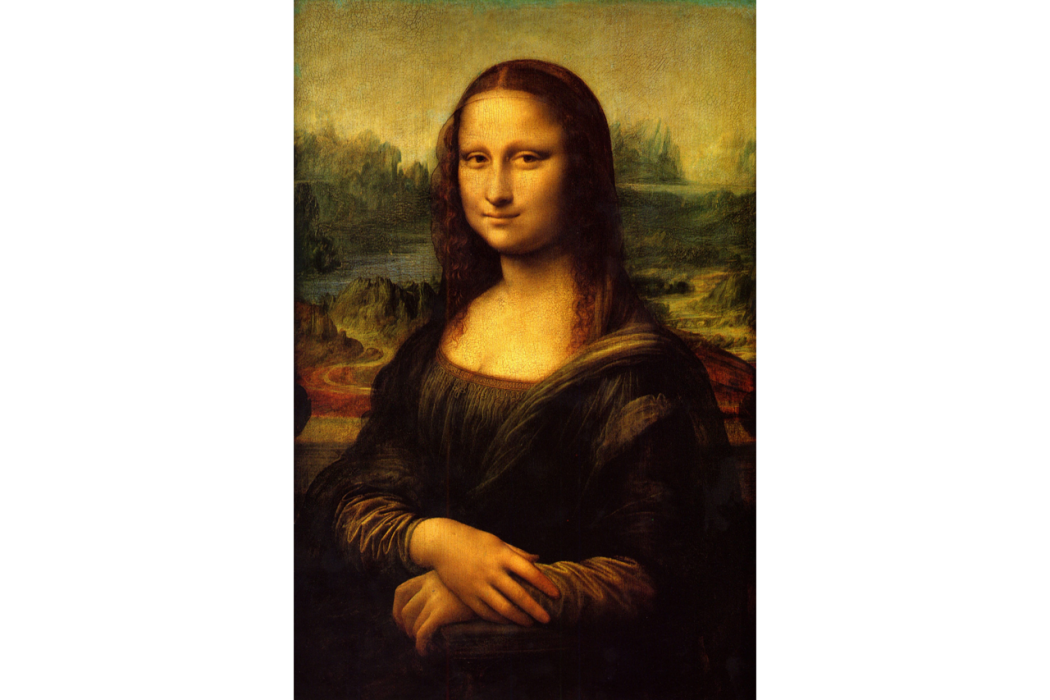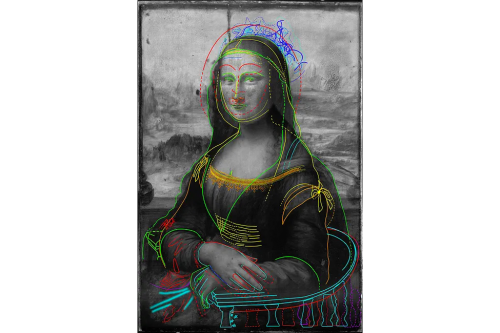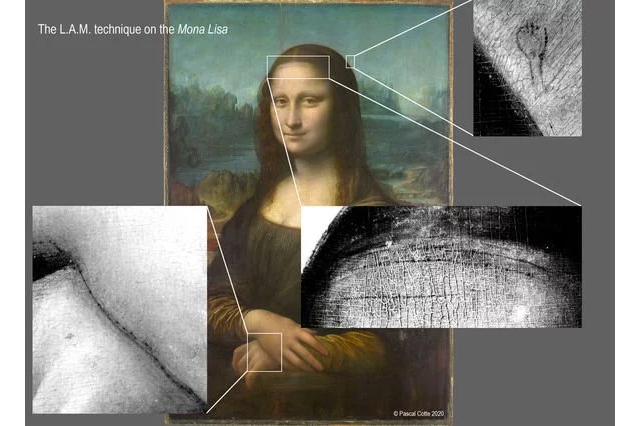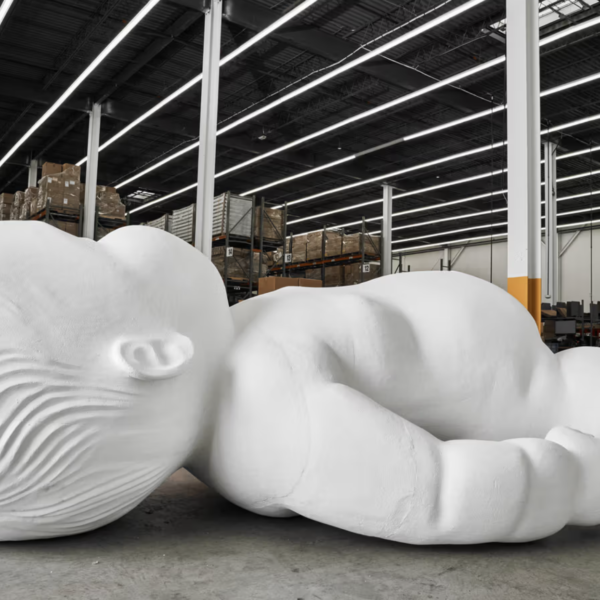Education Scientist Discovers Hidden Drawing Beneath the ‘Mona Lisa’


Scientist Discovers Hidden Drawing Beneath the ‘Mona Lisa’
The Mona Lisa of Leonardo da Vinci continues to fascinate artistic viewers with its secrets of composition. Recently, a scientist called Pascal Cotte found a never-before-seen sketch under the masterpiece. Cotte has been studying at Mona Lisa for more than 15 years , having begun his research in 2004 when the Louver allowed him to take photographic scans of the work. “The Louver has invited me because I am the inventor of a new, very high-resolution, highly sensitive multi-spectral camera,” said Cotte to Artnet News.
Cotte looked at approximately 1,650 portrait pictures. His results were published in the Journal of Cultural Heritage in August 2020. The scientist has created a high-tech camera called the Lumiere Technology camera that uses the layer amplification process or LAM to detect light reflected on 13 wavelengths. The revolutionary scanning techniques broaden the capabilities of infrared imaging, enabling researchers to closely examine the smallest information concealed underneath the painting.
More specifically, Cotte ‘s camera observed underlying carbon lines in the lighter areas of painting through a combination of near-infrared imaging and infrared reflecting.
The optical system enables us to see very fine details and the high sensitivity makes for a very high amplification of the low signal,” he said. “The spolvero on the forehead and the hand betrays a complete underdrawing.

The transfer of spolvero, also known as “pouncing,” is an early technique used to transfer the preliminary sketches of the composition to the canvas. Initially, the artist will make holes along the silhouette of the drawing. Then the artist will put a fine powder of charcoal or clay over the canvas and dust through the holes to notice the outlines. Cotte ‘s study of Mona Lisa represents the first time that a spolvero has been found in the legendary work, which indicates that Da Vinci made an initial sketch of the famous portrait before painting it.
The drawing also depicts a topic completely different from the final composition of the Mona Lisa. In addition, Cotte ‘s analysis also unveiled charcoal underscores the illustration of a hairpin that was drawn over the woman’s head. This hairstyle was unique in Florence , Italy at a period when Da Vinci painted a renowned work — suggesting that the artist’s original subject may have been an allegorical figure or a representation of a “unreal woman, like a goddess,” Cotte explained.
“People had to be dressed in certain ways to denote their profession and for nobility respecting the colors,”said Cotte. “It is not possible for Mona Lisa to have hair like this, it was impossible of the time in the city of Florence.” (Cotte)
What to read next







